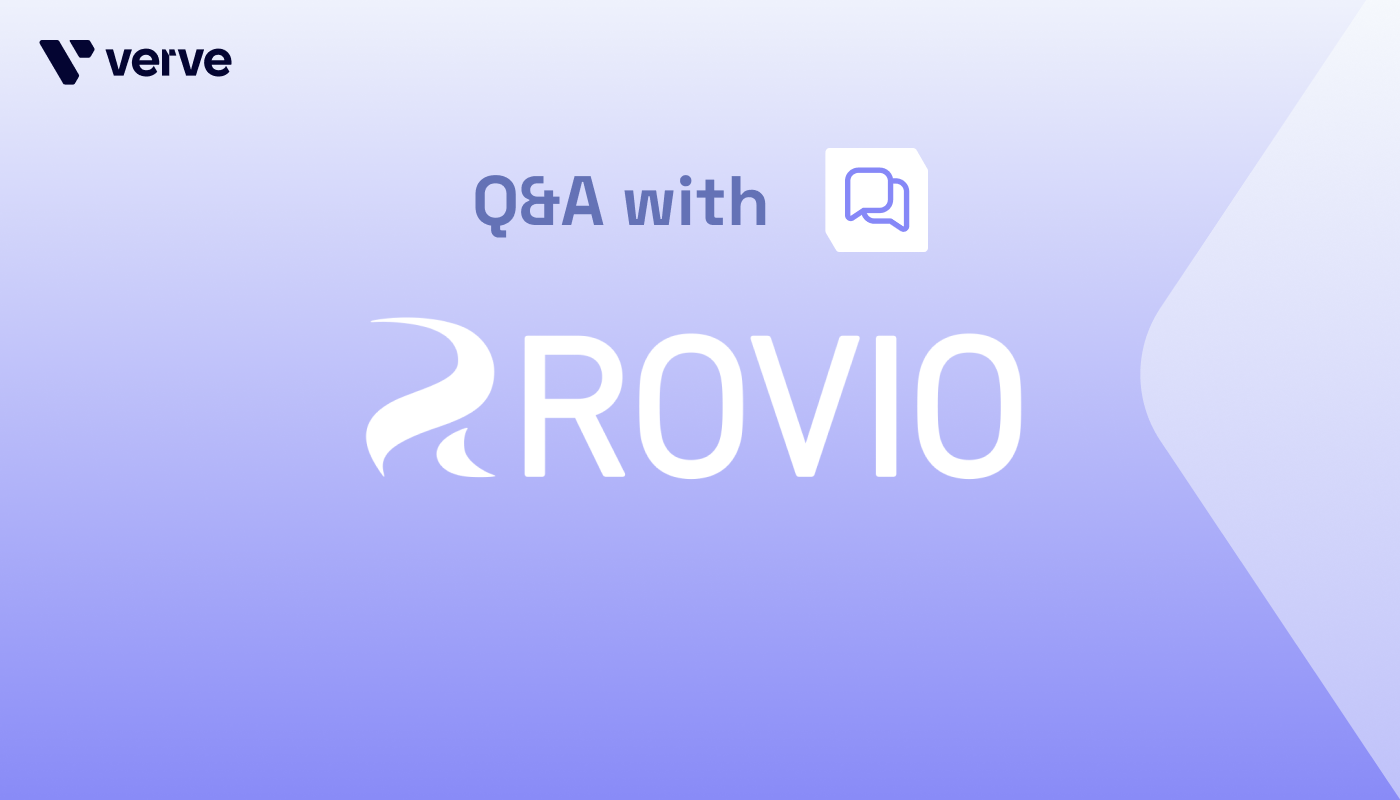The ongoing wave of convergence between the gaming and ad tech spaces is more than an M&A trend. It’s a massive opportunity for advertisers, particularly when it comes to establishing a true omnichannel marketing approach in an increasingly complex digital landscape.
We’ve all seen the headlines: Microsoft bought Xandr, followed by Activision Blizzard, sparking plenty of industry buzz around how these moves would reshape the digital gaming space. But Microsoft is really just the tip of the iceberg. Acquisitions by companies including AppLovin, Zynga, ironSource and others — including Verve’s parent company, Media and Games Invest (MGI), which just acquired AxesInMotion, a leading free-to-play mobile games developer — have also fundamentally altered the media landscape.
Gaming as the linchpin
All of this activity is testament to a powerful truth: Gaming represents a massive, undertapped media and advertising opportunity—the missing link in a true omnichannel marketing strategy. Advertisers and publishers have long recognized the importance of taking a multichannel approach to advertising in order to connect brands with consumers wherever they are and in the right moments.
So, where are consumers? Well, in more moments now than ever — they’re gaming.
In recent years, the gaming audience has both expanded and matured. These days, three-quarters of Americans are playing video games, spending an average of 16.5 hours per week in gaming experiences. And notably, recent increases in these figures have been driven largely by gamers aged 45-64.
Alongside this growth, the very nature of gaming is changing as well. Once upon a time, gamers might have categorized themselves according to channel — PC gaming, mobile gaming, console gaming, etc. But like so many lines in the digital world, those distinctions have now blurred. Gamers are multichannel creatures. For example, today’s avid Minecraft fans aren’t just sitting in front of their PCs anymore. They’re building their worlds on mobile devices, on their favorite gaming consoles, and they’re looking to connect with their fellow Minecrafters on whatever devices they prefer. This adds all the more urgency to the need for advertisers to address them in a multichannel fashion — not just as gamers, but as fully rounded consumers who use their various devices for other means as well.
If the blurring of lines in gaming sounds familiar, it’s likely because we’ve seen this same trend unfold in the CTV space — another tremendously undertapped advertising opportunity when compared to how consumers are spending their media time. What’s perhaps most interesting is that CTV, in and of itself, represents a core piece of the puzzle when it comes to unlocking the power of gaming audiences for advertisers.
CTV and gaming unite for omnichannel opportunities
Here’s the thing: Gaming is more than a vehicle for ad campaigns. It represents the data “glue” that unites media (including CTV) and technology. The data that gaming studios collect and have — much of it first-party data or even zero-party (i.e., voluntarily given) data —offers a more fully rounded understanding of consumers than is available anywhere else. This is why so many ad tech firms are getting in the game (pun intended).
Unlocking the power of a new advertising channel isn’t just about looking for ways to infuse a given channel with more ad experiences. In an omnichannel world, one of the most important considerations of unlocking new opportunities is about understanding how to communicate with users of one medium in the other digital channels they enjoy.
If there’s any segment of the media landscape that’s as hot as gaming right now, it’s CTV — from both a consumer behavior and M&A activity standpoint. And as an advertising channel, CTV is a particularly effective channel for reaching highly sought-after gaming audiences, given that gamers are known to be avid binge-watchers.
To demonstrate the power of this opportunity, Verve, in partnership with MGI, recently revealed promising results from a first-of-its kind pilot that unlocked previously untapped gaming console audiences for re-engagement on CTV. The pilot program, which delivered 34% lower CPMs than on other available channels and a 12-fold higher conversion rate, demonstrated the effectiveness of CTV re-engagement of gamers for both gaming publishers looking to reactivate lapsed users, as well as advertisers and brands looking to effectively market their products to an ever-growing cord-cutting audience.
In the context of newly (and increasingly) targetable gaming audiences, CTV offers a number of benefits for marketers, including:
- Channel conquesting: CTV offers a higher share of voice for game advertisers, as there’s currently limited competition for inventory from other games, especially when compared with mobile channels.
- Higher attention: Game advertisers can drive better brand consideration with ads designed for big screens, delivering up to 95% completion and 100% viewability.
- Quality and safety: Game advertisers can engage high LTV audiences on curated, directly sourced top-tier OTT inventory, within premium TV viewing experiences that guarantee brand safety.
The gaming universe is being redefined before our very eyes — to the benefit of gamers, game publishers and advertisers alike. The emerging omnichannel landscape, where gaming joins the ranks of other truly cross-screen digital experiences, will continue to be an exciting one to watch unfold—and an area where Verve and MGI intend to make an indelible mark.








